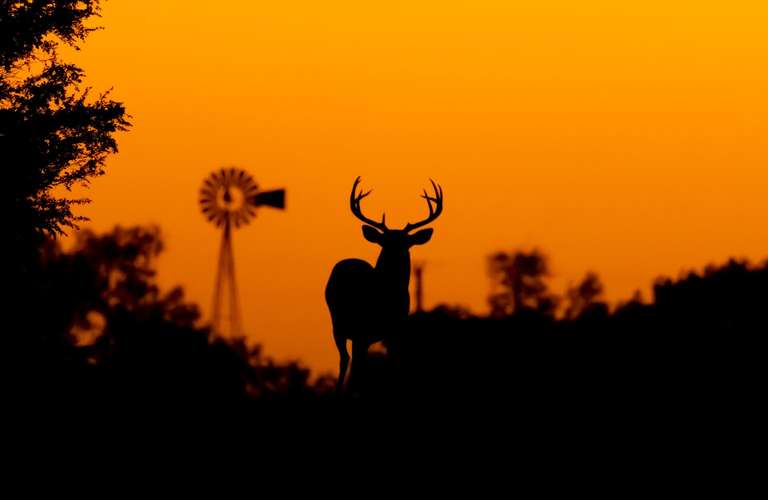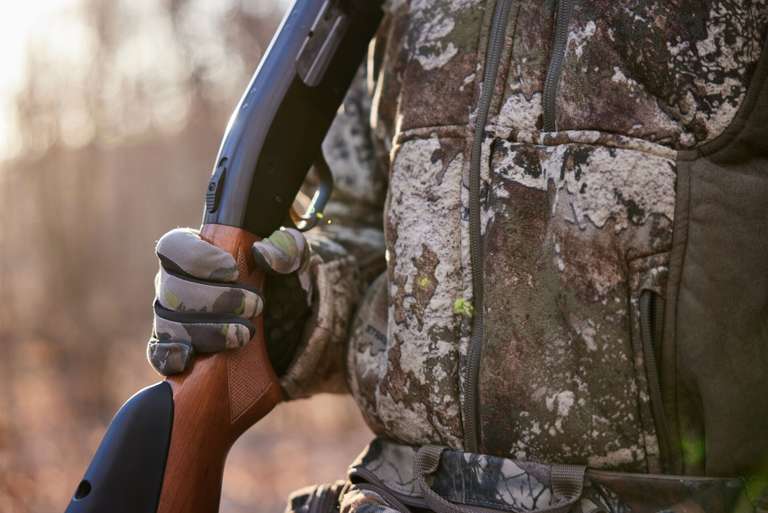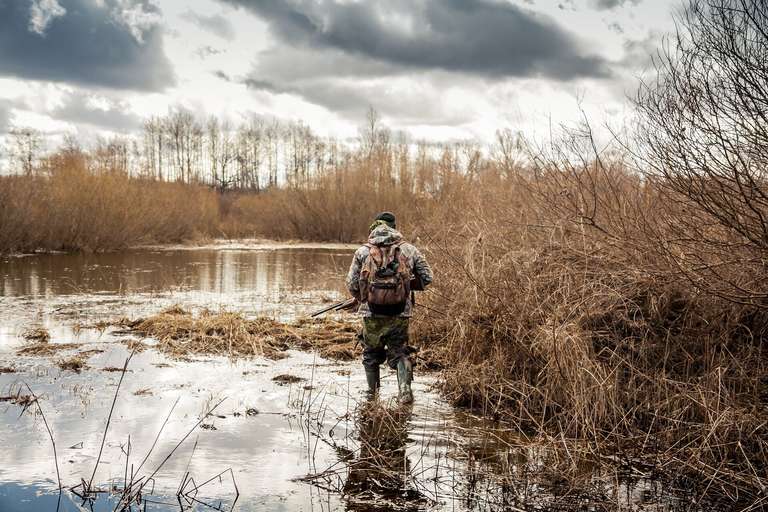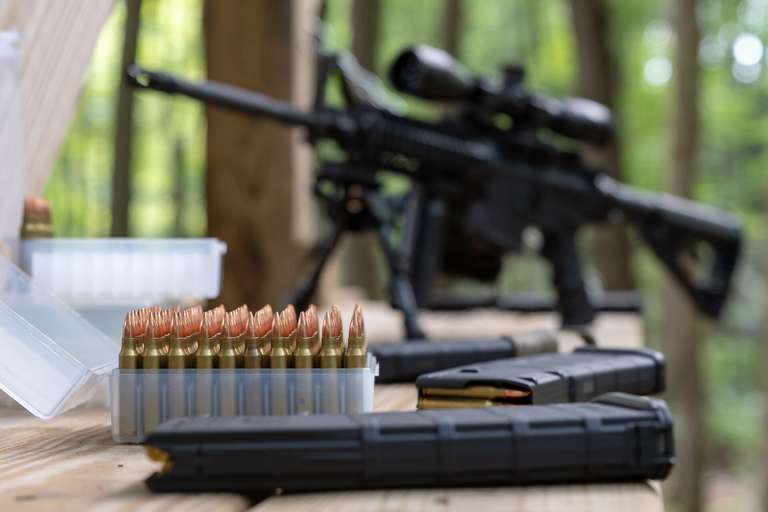The Best Elk Hunting Tips for Beginners
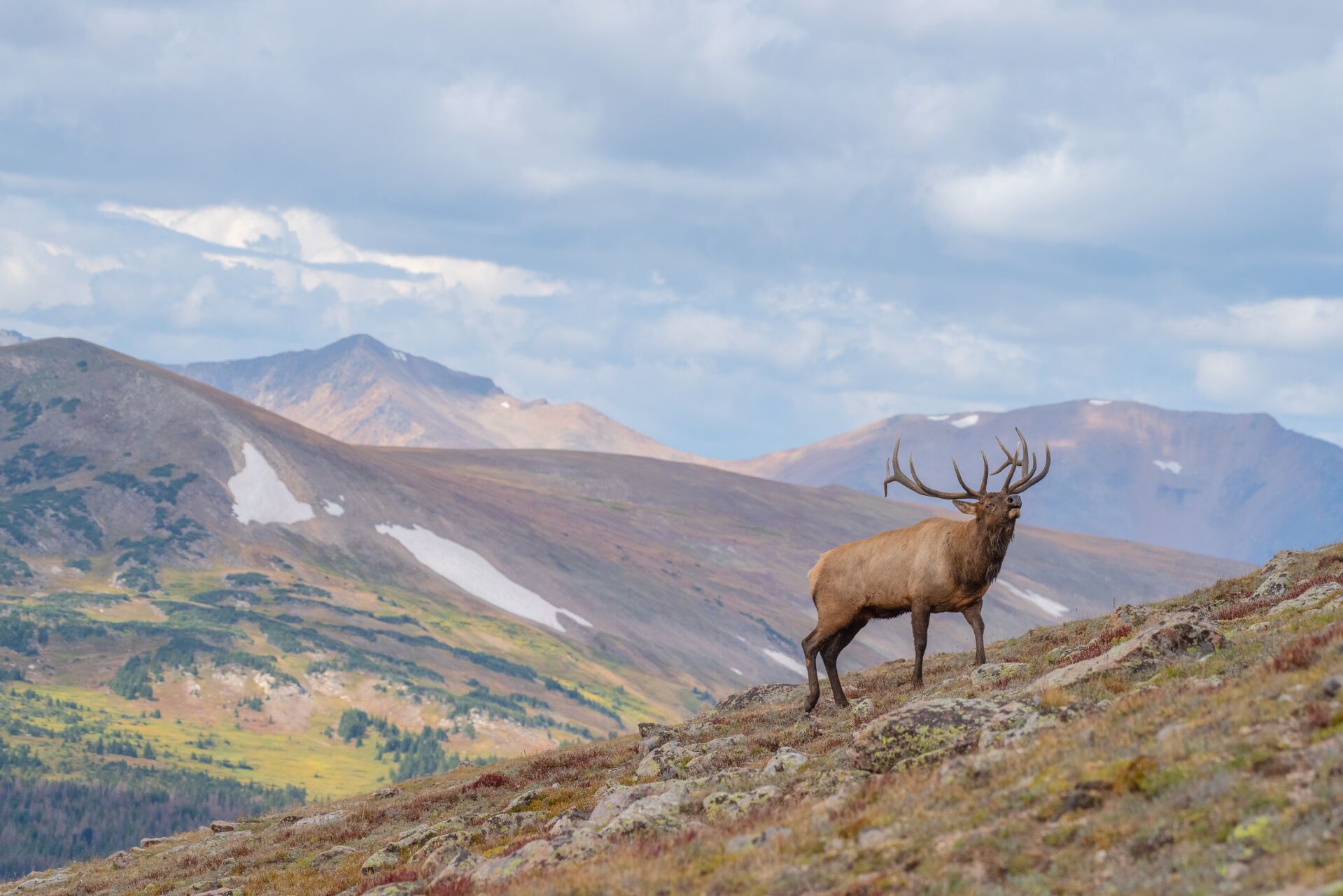
There’s something magical about elk hunting that sets it apart from other North American big game. Maybe it’s the physical challenge and thrill of pursuing this majestic animal through scenic forests and mountains. Or, maybe it's experiencing the up-close and personal bugle that rattles every bone in your body.
Whatever the allure is, understanding fundamental elk hunting tips can help newcomers better manage what can easily become an overwhelming experience. Keep reading for some new hunter tips to build confidence and increase your odds of success in the field when hunting elk.
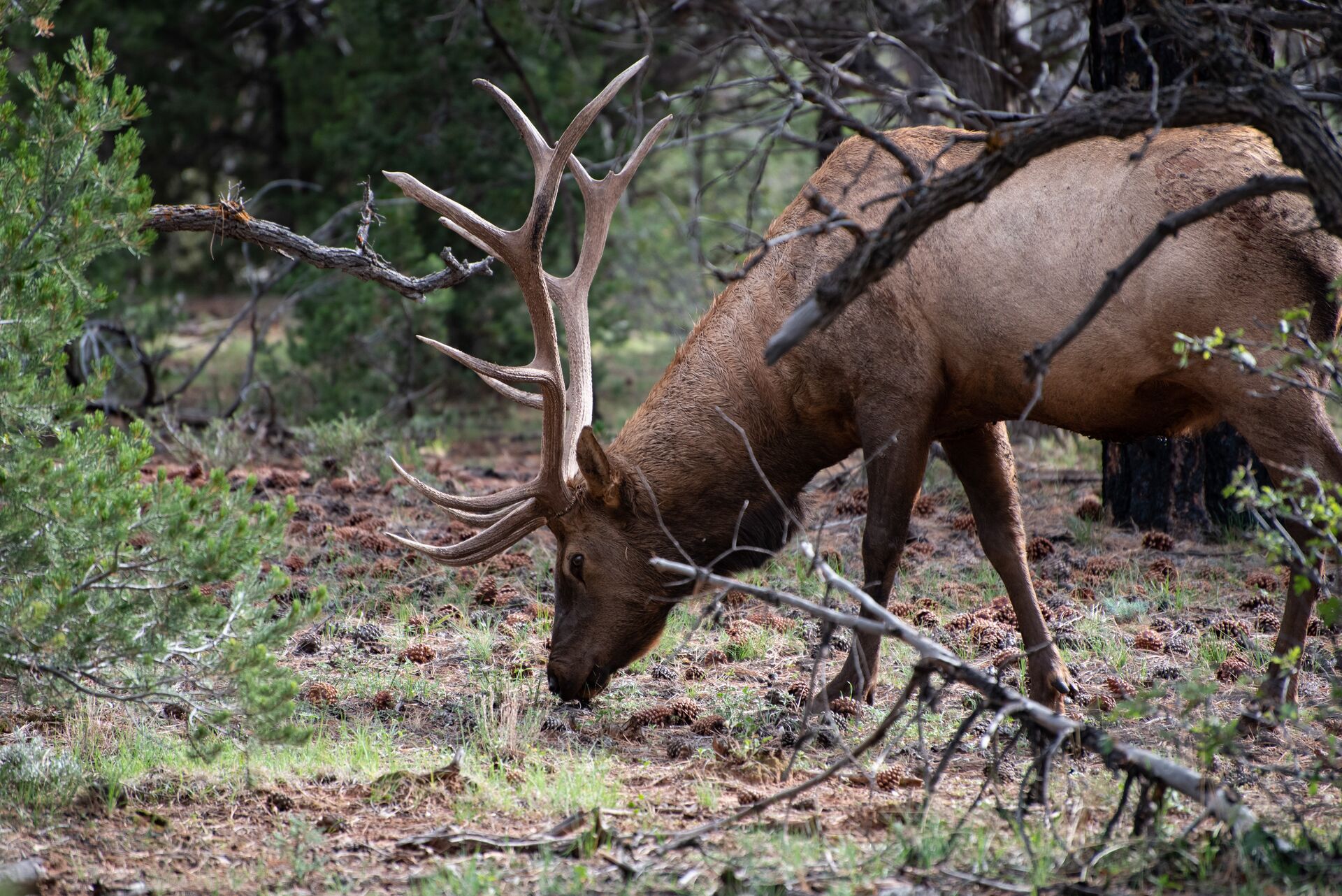
How Do You Hunt Elk? 7 Key Tips
Let's cut to the chase: how do you hunt elk?
Here are seven basic principles to keep in mind when pursuing this iconic and highly intelligent animal.
1. Elk Are Herd Animals
Elk live in social and breeding groups and rely on multiple sets of eyes, ears, and noses to alert them of danger. Remember that even though you are stalking one elk, in reality, you are stalking the entire herd.
2. Know Elk Movement Patterns
Elk prefer to move along transition zones between meadows and timber. They’ll typically feed in the open in the early morning and evening and bed down in timber during the day.
3. Start With Glassing
A decent pair of 10X binoculars and an optional spotting scope (if it’s within your budget) will be your best elk-hunting tools.
Scan meadows, ridges, and north-facing slopes to find the herd. Be patient and systematic with your search patterns by dividing the search area into a grid.
4. Study the Wind
An elk’s primary danger detector is its nose, so always hunt with the wind in your face. Be mindful of wind direction, and don’t forget that thermals have their own rules in the mountains.
Air moves uphill in the morning and downhill in the evening, so hunt above the elk in the morning and below the elk in the evening.
5. Be Slow and Stealthy
Rushing to close the distance to your targeted bull is the best way to blow a stalk. Move slowly and use natural cover to your advantage.
6. Learn Key Elk Vocalizations
Know how to mimic the cow mew and the bugle.
Use those vocalizations sparingly because real elk aren’t as chatty as you’ve probably seen on elk highlight reels on YouTube. Over-calling and poorly timed calls will send your bull in the opposite direction.
7. Only Take Ethical Shots
Exercise patience and know your effective range for the conditions and position you’re shooting from. Don’t take any “guessing” shots and wait for that perfect stationary broadside or slightly quartering away shot for a fast, humane harvest.
Then, always be prepared to take an immediate follow-up shot and practice that skill at the range.
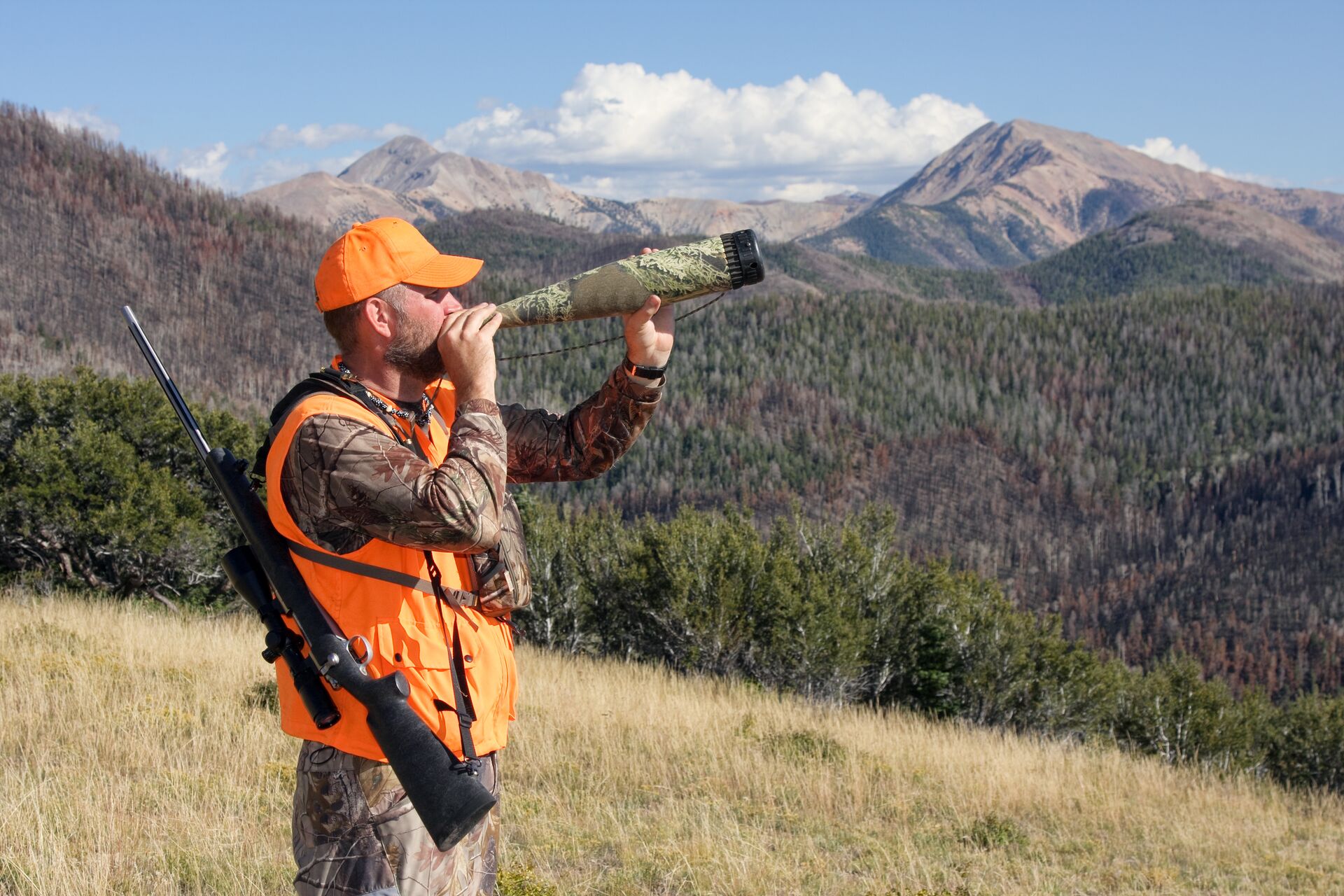
How to Plan Your Elk Hunt
A successful elk hunt should start months before you take to the field with your tag and bow or rifle in hand.
Start with your state’s fish and game department to identify seasons (rifle, bow, muzzleloader, early, and late). Most states have maps and descriptions of public and private land opportunities, as well as a list of reputable outfitters.
Once you have a general idea of the seasons and hunt units, you’ll need to explore the state’s tag system and what options are available to residents and non-residents. Some tags can be purchased over the counter, while others are available only by drawing and require you to buy points every year.
Regardless of the tag process, you will still need to purchase that state’s general hunting license.
Get Elk-Hunting Fit
You don’t have to be an endurance athlete to hunt elk, but you do need to be in shape.
Elk often live in challenging terrain, so you should be prepared for long hikes with a heavy pack in high-elevation terrain. That hike gets exponentially harder when you have to pack the elk out.
Find a Guide
Since there is only so much you can learn or absorb from articles and online videos, consider working with a guide or mentor.
Experienced elk hunters will have vital local knowledge and even access to private lands. Their expertise can give you hands-on experience and proven insights that will dramatically shorten your learning curve.
Gear Up
Purchase the best gear you can afford.
A basic elk hunting gear list should include the following:
- Quality boots and socks for uneven, wet, and rocky terrain.
- A layered clothing system you can trust to be your first line of defense against the elements.
- A durable and comfortable backpack that works with light and heavy loads.
- A reliable hydration system of bladders and bottles. Bonus points for water filtration features.
- A GPS unit or a mobile app with offline map capability (like HuntWise). Don’t trust things with batteries, so also carry a compass and a paper map that you know how to use.
- A dependable and accurate rifle or bow that you’ve extensively practiced with before the season.
- A range finder, a ballistic calculator, and a D.O.P.E. (Data on Personal Equipment or Data Observed from Previous Engagements) card.
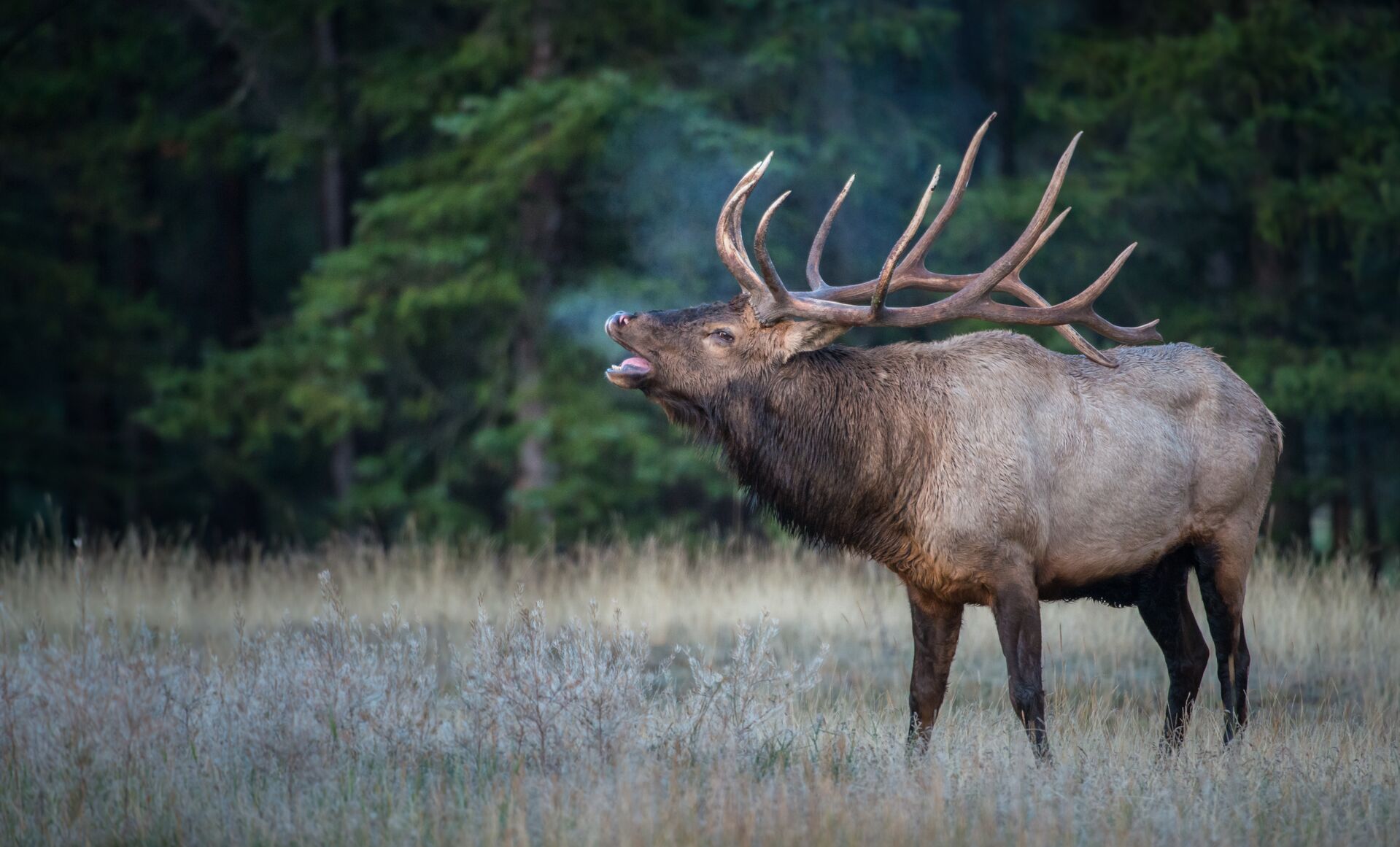
How to Stay Safe When Hunting Elk
Since elk hunting often takes place in remote locations with steep terrain and rapidly changing weather, proper safety protocols can keep minor setbacks from turning into life-threatening emergencies.
Before leaving home for your hunt or scouting trip, always share your plans with a trusted family member or friend. Include where you’ll park your vehicle, the anticipated path, waypoints for glassing and camping, and what time you expect to return. Use mapping tools to share GPS coordinates.
While this is not specifically an elk hunting tip, it's universal for all hunters: When carrying a weapon, always treat it as if it were loaded. Keep the muzzle pointed in a safe direction and your finger off the trigger until you’re ready to shoot at an identifiable target.
Since Mother Nature always gets a vote in your plans, carry emergency supplies with you at all times. Have a first aid kit that you know how to use, emergency shelter options, a signal whistle, communications (satellite capability is often mandatory in the remote backcountry), and extra food and water.
Be Mindful of the Altitude
With elk often moving in higher elevations, keep an eye out for signs of altitude sickness, such as nausea and dizziness. The thinner air and rapid weather changes can also lead to hypothermia, so wear moisture-wicking layers and have a quality puffy jacket and rain gear in your pack.
Watch Out for Other Animals
Black bears and grizzlies also share elk habitat. Carry bear spray where it’s legal and practice using it.
I always buy two canisters and mark one with painter’s tape that I use for practice. Bear spray doesn't always travel as far or as densely as advertised on the packaging.
Also, be extra bear-aware after the harvest. A gut pile and the smell of fresh blood attract the attention of all predators in the area. Always secure your harvest away from camp and keep your bear spray handy during the pack out.
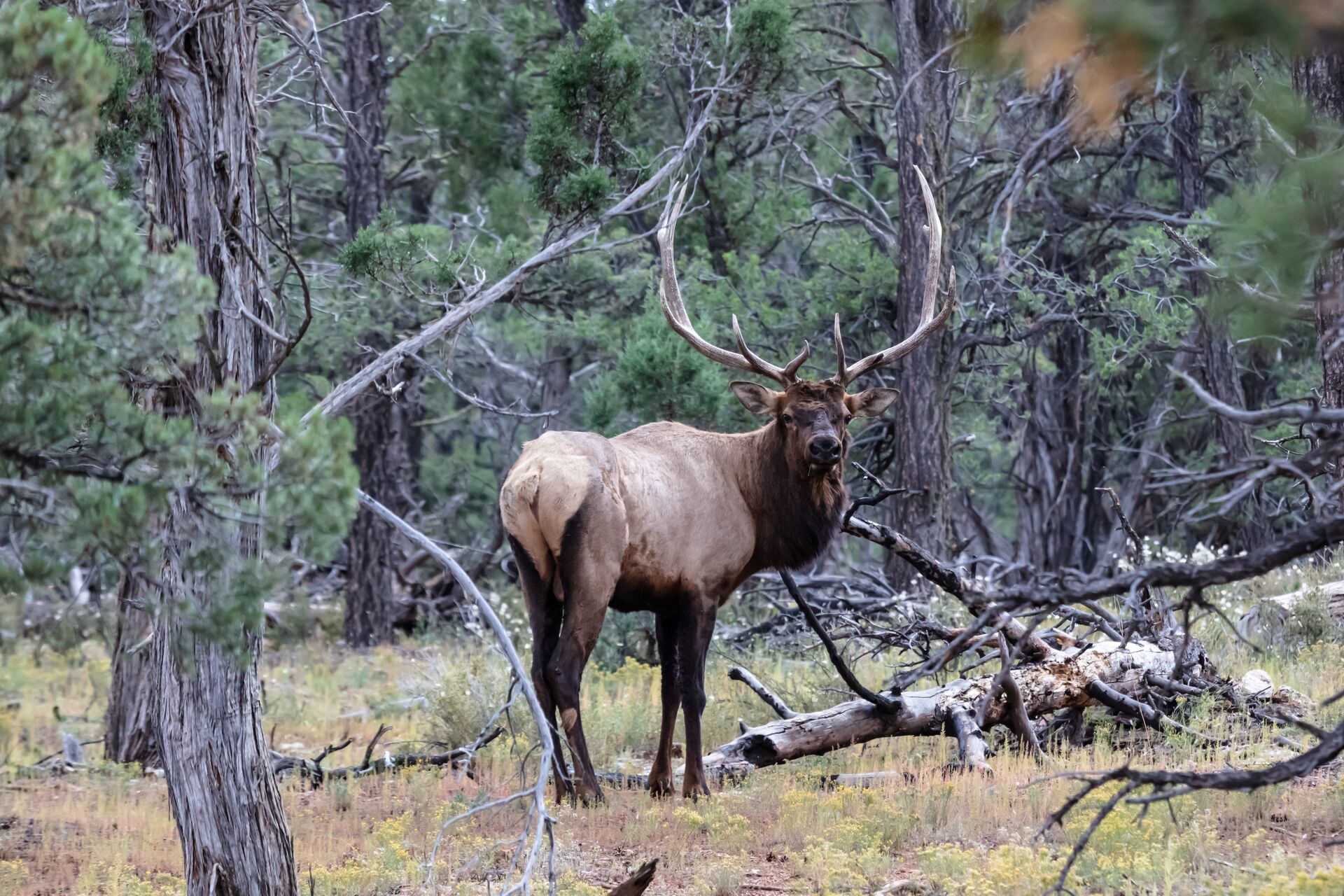
ilearntohunt Helps You Use These Elk Hunting Tips Safely
Elk hunting can be physically demanding and mentally challenging. However, it is still one of the most rewarding big game hunts in North America. Use these beginner-friendly elk hunting tips to increase your chances of success, stay safe, put quality meat in your freezer, and create epic memories that will last a lifetime.
Although the learning curve may seem steep at first, proper preparation (fitness and practice), combined with realistic expectations and a healthy dose of patience) can give you just the edge you need to succeed.
Before you head into the mountains, make sure you have a solid grasp of hunting and safety fundamentals by completing your hunter safety course! ilearntohunt offers state-specific courses that include critical skills in firearms safety, first aid, shot placement, big game processing, and basic field skills.
Get ready for an elk hunt by following the tips we shared today and taking the ilearntohunt course for your state!

It's the best tool for scouting using various topographic map layers and 3-D imagery. Plus, you can mark what you see with pins and notes and plan around the wind using the WindCast feature.
The HuntCast feature also helps you target the best day and times to be in the field for a successful elk hunt.
ilearntohunt students receive a free 30-Day trial of HuntWise after completing the course! Visit your student dashboard for more details.

